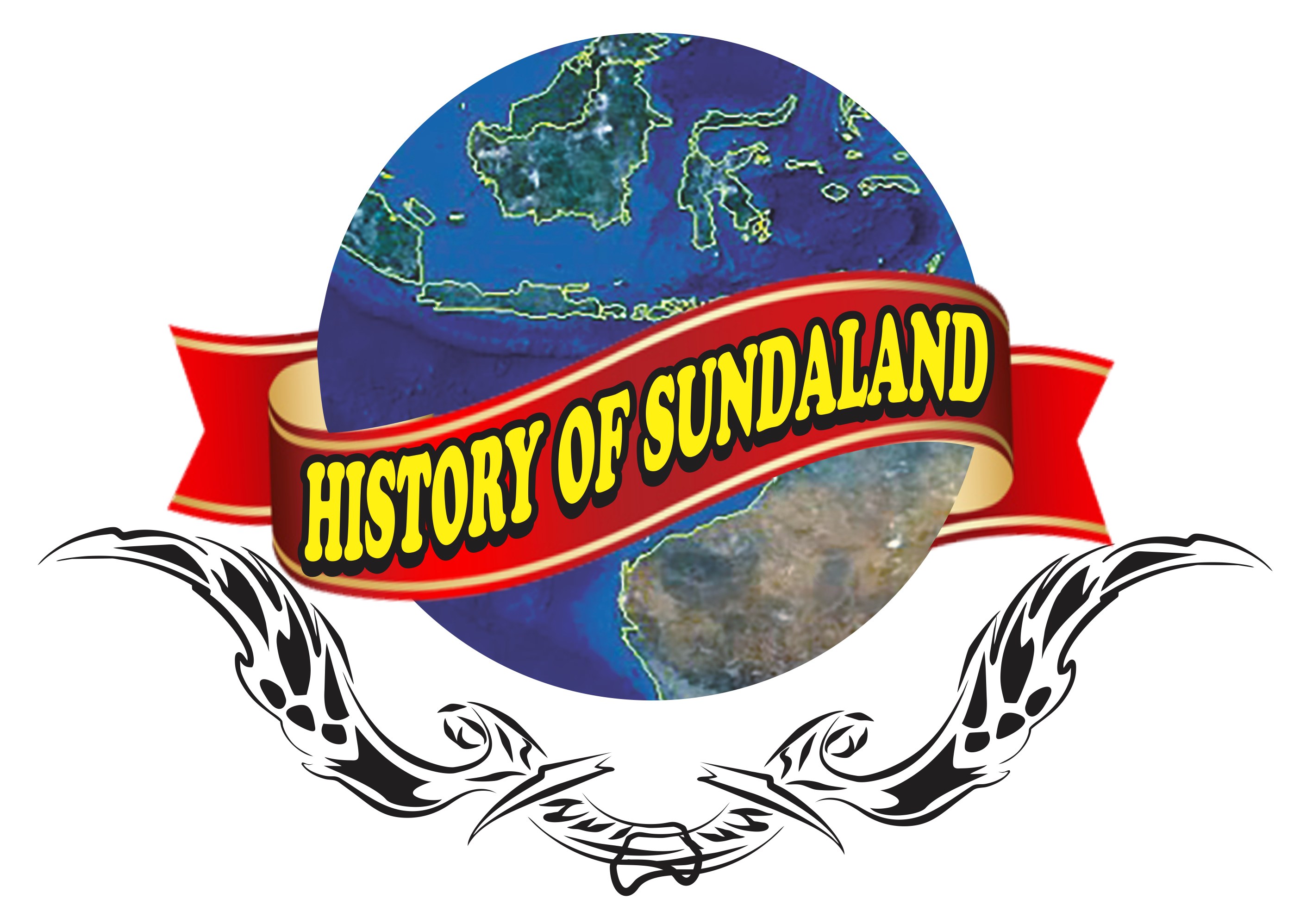Sugeng Rawuh
Sugeng Rawuh. Welcome to the History of Sundaland Museum. This museum is a Sundanese-themed museum with various interesting photo spots and equipped with Augmented Reality technology, joining the FunWorld Karnival, the History of Sundaland Museum provides 17 exciting zones for learning and traveling. Please to visitors to be able to enter the link provided to get the Autoself Guided Tour facility inside the History of Sundaland Museum.
ZONE 1
Welcome to the First Zone, here there is a stage where visitors can perform dance and drama performances.
ZONE 2

The second zone is a zone that tells about “THE BEGINNING OF LIFE” please visitors to be able to enjoy a film about the beginning of the formation of the earth and the beginning of life.
Ancient Human

In the second zone, it is also a zone of knowing JAVA PURBA HUMANS. The researchers revealed that Java was chosen as the place where ancient humans lived because of its tropical climate. So that early humans at that time could survive the cold temperatures. After the climate on earth began to stabilize, early humans then migrated to other areas.
ZONE 3
Zone Three, discovery of EARLY HUMAN FOSSILS in Pasundan Land.
Paleontological site

The findings of paleontological sites in the West Java region began with the discovery of vertebrate fossil remains from fauna in Cijulang. In addition, in West Java, tools from the Paleolithic period were also found as one of the oldest forms of prehistoric culture.
Pasundan Land

Pasundan Land as an old land that has been formed since the limestone age holds various evidences of prehistoric human life in the past. Initially, West Java was considered not to have stored much evidence of early human life and culture, but this has been refuted by the many discoveries that are still being made by archaeologists and anthropologists.
Sundaland

This area is known as Sundaland or Tanah Sunda, a term that refers to the continental shelf and continental shelf in Southeast Asia which is the plain above sea level when sea level was much lower in the last ice age. This land is believed to form the Malay Peninsula, the Greater Sunda Islands including Kalimantan, Sumatra, and Java, as well as the surrounding shallow seas, namely the Java Sea, Malacca Strait, Karimata Strait, Siam Bay, and the southern part of the South China Sea.
ZONE 4
Fourth zone, stone grave zone and Austronesian.
Stone and Bronze Culture

The Stone and Bronze Culture of the Austronesian people when migrating to the Pasundan lands, Migration is the mobility of people crossing certain territorial boundaries to other areas within a certain period of time. Migration of a community also brings with it the culture that belongs to that community, and allows for interaction and adaptation with the culture that already exists in that region.
Austronesia

The population of mainland Southeast Asia or islands which are dominated by Austronesian migrants already had broad intelligence in the early Christian era before the arrival of foreign influences. One of them is the development of a mindset that forms the basis for spiritual culture in the form of respect for ancestors. This is an influence that is closely related to their burial culture.
ZONE 5
Welcome to Zone Five, the roar of Krakatau and the Baduy Tribe.
Mount Krakatau

The islands of Java and Sumatra used to be one. Together with Kalimantan, then formed the mainland which is called the Great Sunda. The separation of Java and Sumatra is believed to be the result of the eruption of Mount Krakatau as the cause of this separation. Opinions that support the separation of Java and Sumatra due to the eruption of Krakatau, refer to the Pustaka Raja Purwa, which was written by the Javanese poet, Ronggowarsito, in 1869.
Baduy Tribe

The far western part of Java, when it was still in prehistoric times, was inhabited by civilized people with several intelligences. In the study of archeology and history experts, it can be seen that the prehistoric inhabitants of western Java were those who supported Austronesian culture.
ZONE 6
Next we arrive at the sixth zone, namely the BUNI CULTURE zone.
Buni Culture

The Buni culture is found in the coastal areas of Banten and West Java, where several discoveries of Austronesian proto-historical objects are often found. It is indeed believed that Austronesian migration reached almost all parts of the archipelago, including in these two regions.
Material Culture

Material culture is part of a form of culture, just like material culture in the form of pottery. Efforts to understand the cultural history of a human group with all the cultural processes that have taken place can be done, among other things, by observing the material culture. Similarities in technology, function and also decorative patterns are parts that become cultural concepts as outlined in the material culture of a group.
Jug

This terracotta jug is one of the cultural heritages of the Buni culture, which functions to store water as a primary need in the huts of the Buni cultural community.
Mug
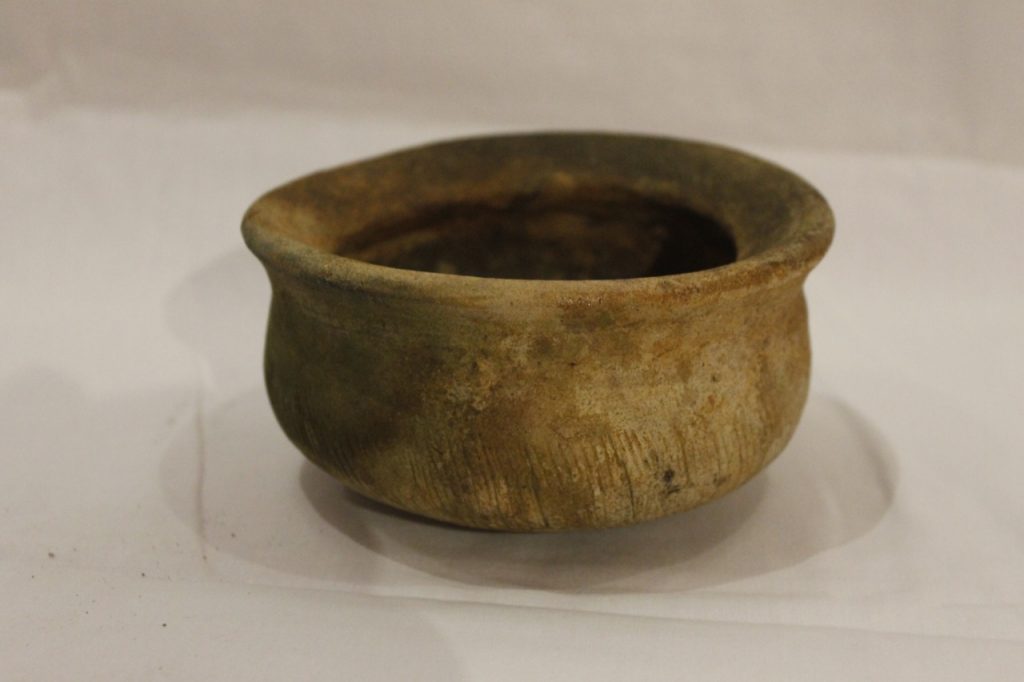
This terracotta bowl is used as cutlery and usually they also use this terracotta bowl as a souvenir for newcomers/guests when visiting them.
ZONE 7
Kingdom Kingdoms in Pasundan Land.
Tarumanegara Kingdom

The founding of the Tarumanegara Kingdom began when Jayasingawarman fled from the attack that took place in the Salakanagara region, he managed to escape. Then in the place of his escape in 358 AD Jayasingawarman founded a new kingdom on the banks of the Citarum river which was later named Tarumanagara, the name Tarumanagara was taken from the name of the plant namely Tarum or dye plant, this plant grows a lot around the Citarum river then this dye plant becomes a source of export commodities income from the kingdom of Tarumanagara.
The Ramayana Epic

In Valmiki’s Epic Ramayana which took place at least in the 5th to 4th centuries BC. King Rama ordered Hanuman to look for his wife, one of them in the area of Yavadvipa. This was the first time Yavadvipa’s name was mentioned in the world’s written books.
Bronze Vessel
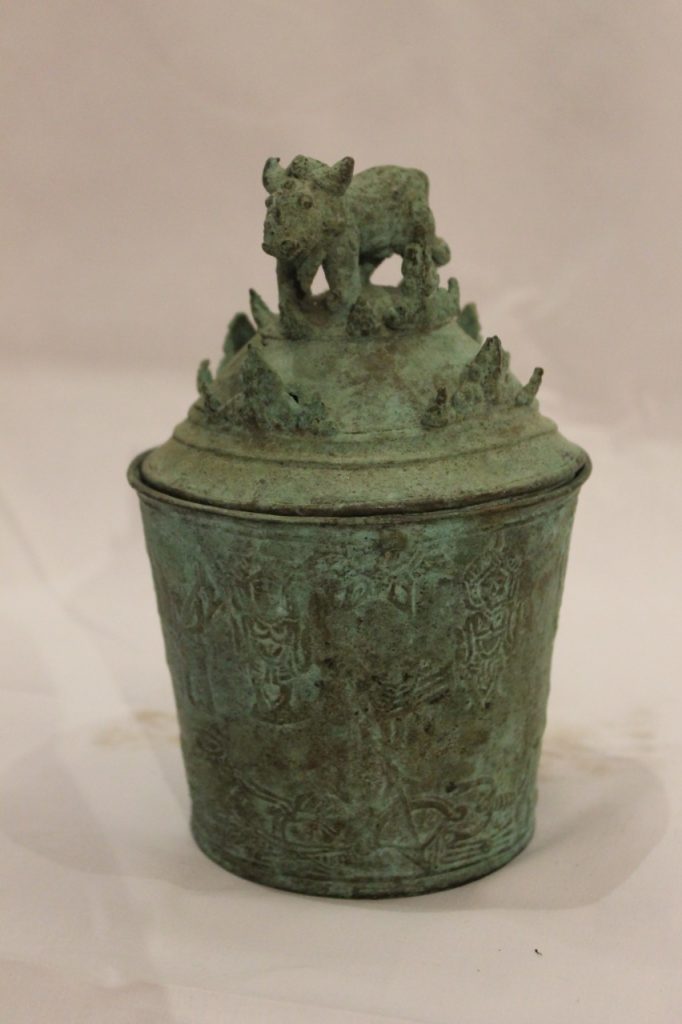
This object is a vessel made of bronze with a cow pattern lid. Serves as a place of holy water. Its function: as a ritual ceremony tool for people in the Bronze Age and the shape of a cow was believed by people at that time as a symbol of strength.
Sacred Vase

Holy Vessels which are widely used for religious ritual events with the function of storing holy water for ceremonies.
ZONE 8
Zone is the Sundanese kingdoms and their influence to date.
King Siliwangi

Prabu Dewata Prana Sri Baduga Maharaja or Prabu Siliwangi (Ratu Jayadewata) son of Prabu Dewa Niskala and grandson of Mahaprabu Niskala Wastu Kancana was born in 1401 AD in Kawali Ciamis, starting the reign of the Pakuan Pajajaran Pasundan era, which ruled the Galuh Sunda Kingdom for 39 years (1482-1521 ). It was during this period that Pakuan Pajajaran in Bogor reached the peak of its development.
Sunda

Based on the Kebonkopi II Inscription, which is in Old Malay with a date of 932, mentions a “King of Sunda reclaiming his throne”. This can be interpreted that the King of Sunda has existed before. Meanwhile, from Chinese sources in the book Zhufan Zhi written in 1178 by Zhao Rugua mentions that there is an area from San-fo-ts’i named Sin-to which is then referred to as Sunda.
Oil Lamp
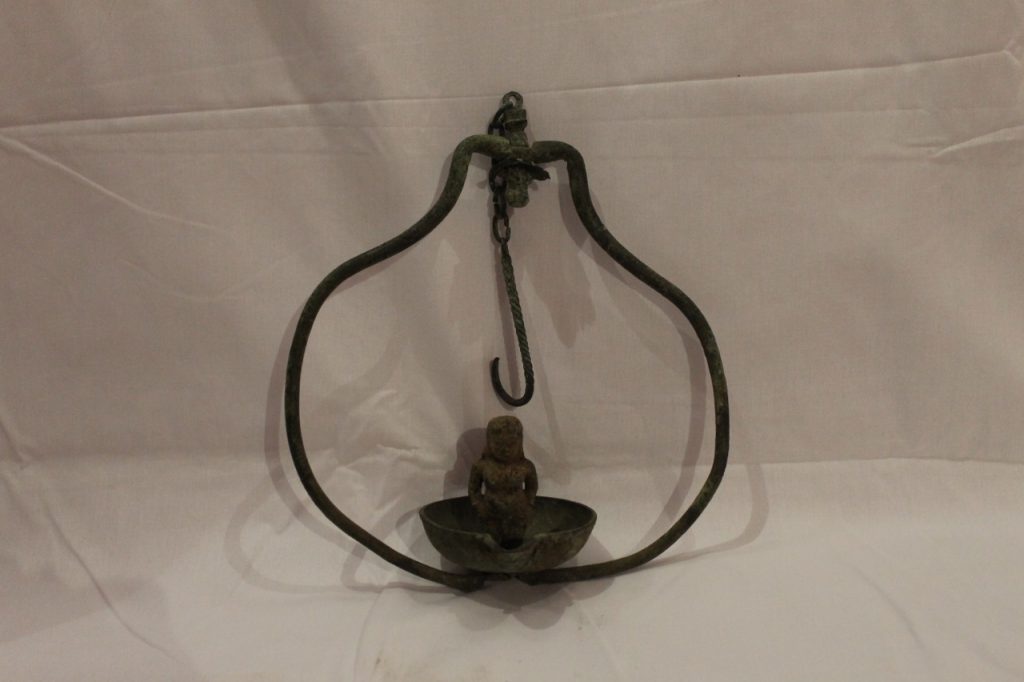
An oil lamp for travelers that is easy to move around for daily needs with a female motif in place of this oil lamp.
Bronze Jar

Bronze Urn used to store the ashes of fallen Knights. The motif profile of the Dragon is the representation or function of the guard.
ZONE 9
Next is the ninth zone, the influence of the Kingdom and Islamic Government for the Land of Pasundan.
Kingdom of Champa

Based on doctoral research by Ahti R Westphal, from the University of Minnesota, USA, the people of the Champa Kingdom were tough sailors and good at trading. Around the 5th century to the early 19th century, the Kingdom of Champa ruled over central and southern Vietnam until it reached Laos. They traded with China to the arabs.
Gujarati Islamic Influence

The entry of Islam from Gujarat was proposed by Snouck Hurgronje from the Netherlands. He argues that Islam entered the archipelago from Gujarat, India. Direct relations between the Archipelago and the Arabs only occurred in the later period. Like envoys from Mataram and Banten to Mecca in the 7th century.
Calligraphy Water Place

Serves as a water container decorated with a mythological animal, a dragon and meaningful calligraphy:
1 Alif Lam Mim, Truly we have become firm / strong. We believe in our Prophet.
2 With the name of Allah, the Most Gracious, the Most Merciful. There is no power and strength except with Allah, the Most High and the Most Great.
Tea Place
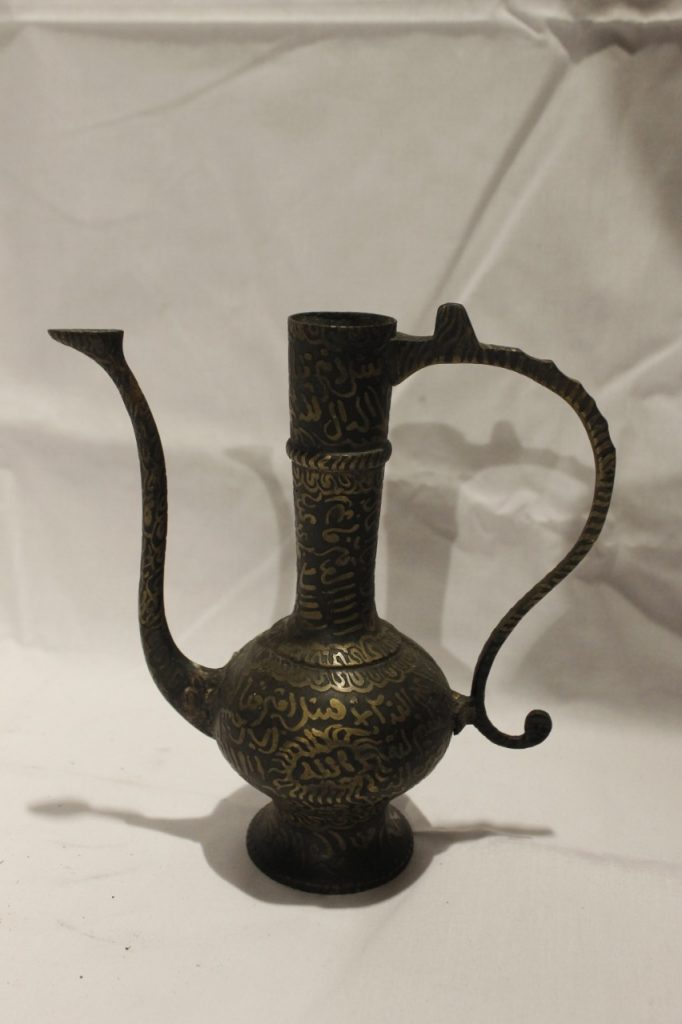
A place to serve tea, with a typical Middle Eastern Arabic shape and ornate Arabic calligraphy that reads prayers for safety. After passing through the ninth zone which contains the entry of Islam into the land of Sunda, let’s proceed to the next zone.
ZONE 10
The tenth zone is Islamic Leaders in Tanah Pasundan.
Haji Purwa

In 1867, a Dutch historical researcher, J. Hageman traced the saga of Islam in West Java. In his book, “Geschiedenis der Soendalanden”, he says that the first Sundanese to embrace Islam was the son of Prabu Kuda Lalean, who was nicknamed Haji Purwa.
Hageman used local sources, including local narratives, to trace the whereabouts of the first Muslim from the Sundanese ethnicity. According to him, Haji Purwa used to work as a trader who had carried out activities outside the archipelago.
Datuk Kahfi

Datuk Kahfi was a pioneering figure of Islamic da’wah in the Cirebon area. He used the name Syekh Nurjati when preaching at Giri Amparan Jati, which is better known as Gunung Jati, a small hill of two hills, which is + 5 km north of Cirebon city, to be precise in the village of Astana, Gunung Jati District, Cirebon.
Syekh Nurjati was born in the Malacca Peninsula, the son of Sheikh Datuk Ahmad, a major scholar in Malacca, his father is the son of Maulana Isa, who is also an influential religious figure in his hometown. It was from his father that Sheikh Nurjati inherited the name Datuk. When he was an adult, he went to Mecca to study and perform Hajj. After that, Sheikh Nurjati went to Baghdad and found his soul mate with Syarifah Halimah and had sons and daughters. From Baghdad he went preaching and in 1420 arrived at Muara Jati and was greeted by Syahbandar Ki Gedeng Tapa. Then their group of 10 men and 2 women got permission to live in Pesambangan, part of Nagari Singhapura (now Mertasinga Village, Cirebon Regency). On a hill called Giri Amparan Jati.
Syekh Ouro

In 1409 AD, the Emperor of China ordered Admiral Sam Po or known as Admiral Cheng Ho to lead his naval fleet and deploy 63 ships with soldiers totaling around 27,800 people to establish friendship with the Islamic Sultanate. The Chinese marine fleet included Shaykh Hassanudin or Sheikh Quro from Campa to teach Islam at the landing site.
Surah Al Imron
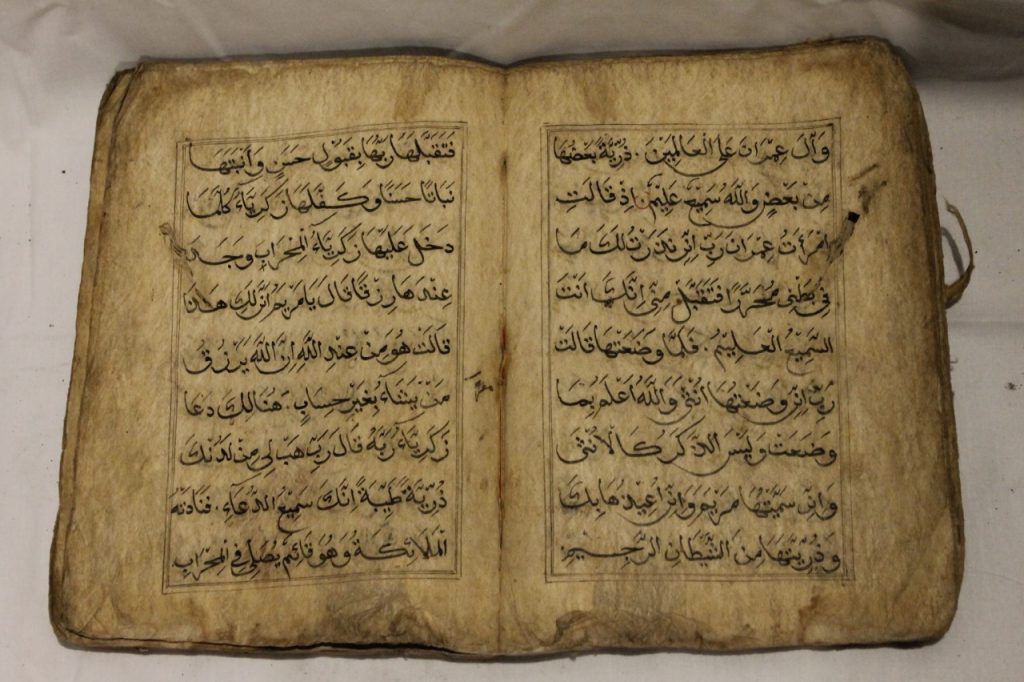
Surah Al Imron Surah Al Imron is the 3rd letter in the order of the Al Quran. Named Surat Ali Imran because this letter tells about the news and family history of Ali Imran. Ali Imran is the father of Maryam, the mother of Prophet Isa AS.
Al-Quran
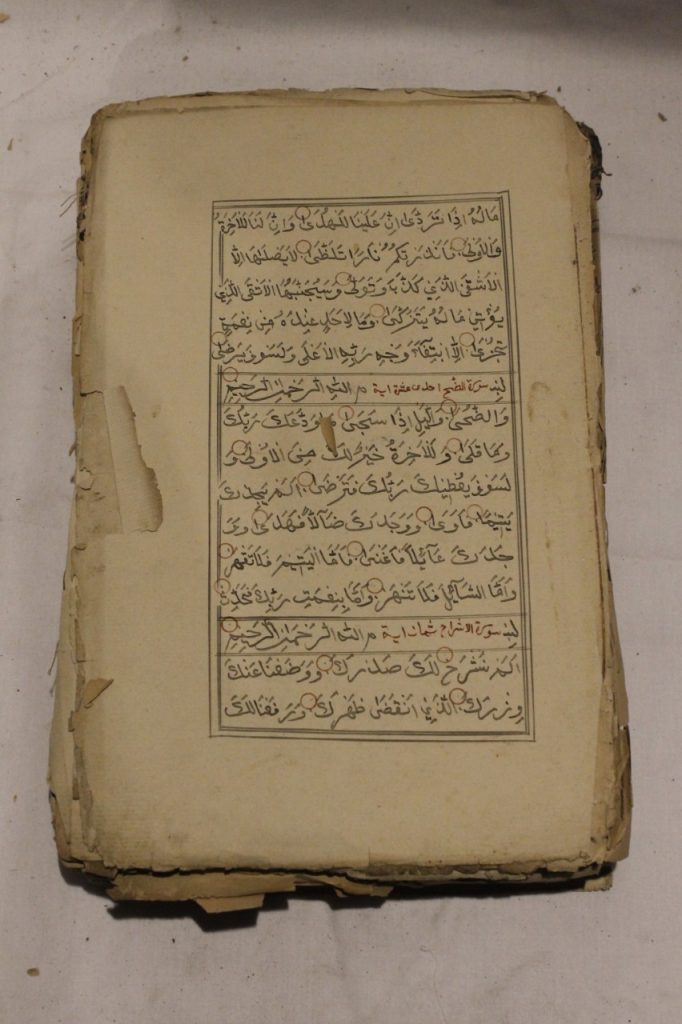
The book of the Qur’an which contains teachings in Islam. It appears in the letter that reads the letter Ad-Dhuha which is found in Juz 30 of the Al-Qur’an.
ZONE 11

Zone Eleven, visitors can choose a seat to enjoy a three-dimensional film of dinosaurs.
ZONE 12
Please next we arrive at Zone Twelve, namely Cheng Ho’s Influence on the Land of Pasundan.
Cheng Ho

Cheng Ho, whose real name is Ma Ho, was born in 1371 to Hui ethnic Muslim parents in Yunnan. The Hui are a Muslim community of mixed Turkic-Mongol ethnicity. In 1381, General Fu Yu-te and Ming Dynasty troops occupied Yunan and arrested all the male and female children.
Chengho’s Trading Story

Starting from Cheng Ho’s expedition, Chinatown Village was formed in Cirebon City. Although affected by the ups and downs of the government’s political policies, Chinese citizens in Cirebon are still trying to maintain Cirebon culture.
The Chinatown area is in Lemahwungkuk District, Cirebon City, to be precise around Winaon-Kanoman-Lemahwungkuk-Talang-Pasuketan. This village was formed around 1415 when Admiral Cheng Ho landed at Muara Jati Harbor, Cirebon.
Ceramics
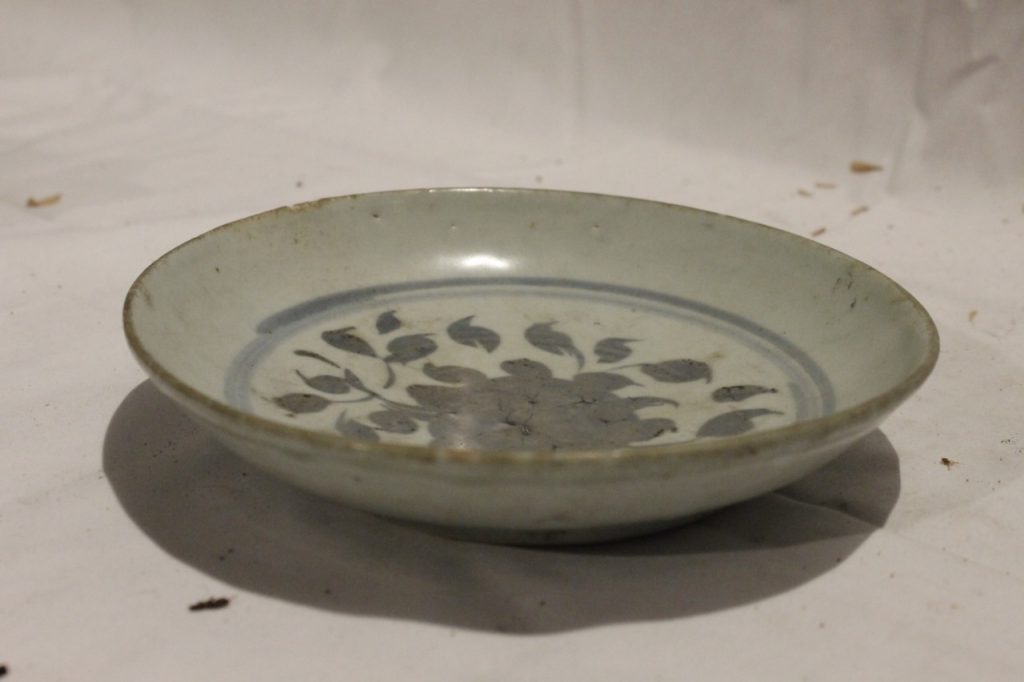
This ceramic has a Ming dynasty Chinese-style plant motif which was brought by Admiral Cheng Ho’s expeditions as a trading tool in many Muslim kingdoms.
Jewelry Tools
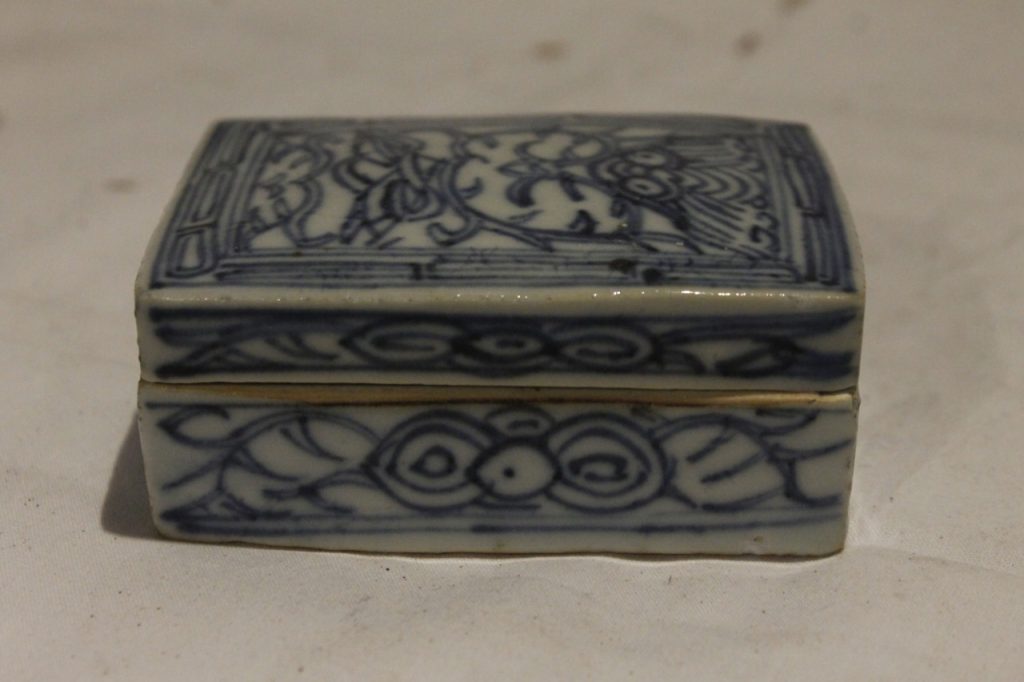
This tool functions as a jewelry tool with a blue and white flower pattern that is usually owned by the girls of the nobility.
ZONE 13
Thirteenth zone, various sultanates in west Java.
Kanoman

The Kanoman Sultanate was an area resulting from the division of the Cirebon Sultanate between his three sons after the death of Sultan Abdul Karim (Prince Girilaya) or known as Panembahan Ratu Pakungwati II in 1662, 12 years after his departure to Mataram.
Cirebon Sultanate

Cirebon which means Caruban or mixed is a coastal area of Java which has important meaning in the development of art, culture and religion in the archipelago, as well as an important base in inter-island trade and shipping
Initially the Cirebon Sultanate was founded in Dalem Agung Pakungwati by Prince Wauntungsang who was the son of Sri Baduga Maharaja Prabu Siliwangi, King of Pajajaran. After being enthroned, Prince Wauntungsang was known as penebangan ratu pakungwati II in 1662,12 years apter hos departure to Mataram.
Muslim Settlements In The Land Of Sunda

In 1302 AJ (Anno Jawa) / 1389 AD, on the coast of Java Island which is now called Cirebon, there were three subordinate autonomous regions of the Pajajaran Kingdom chaired by Mangkubumi namely Singapore, Pesambangan and Japura. Each region has its own leader, Singapore / Mertasinga is headed by Mangkubumi Singapura, Pesambangan is headed by Ki Ageng Jumajan Jati, and Japura is headed by Ki Ageng Japura. Of these three autonomous regions, one of them is Dukuh Pesambangan which in its development has changed to Cirebon.
Al Quran Istambul
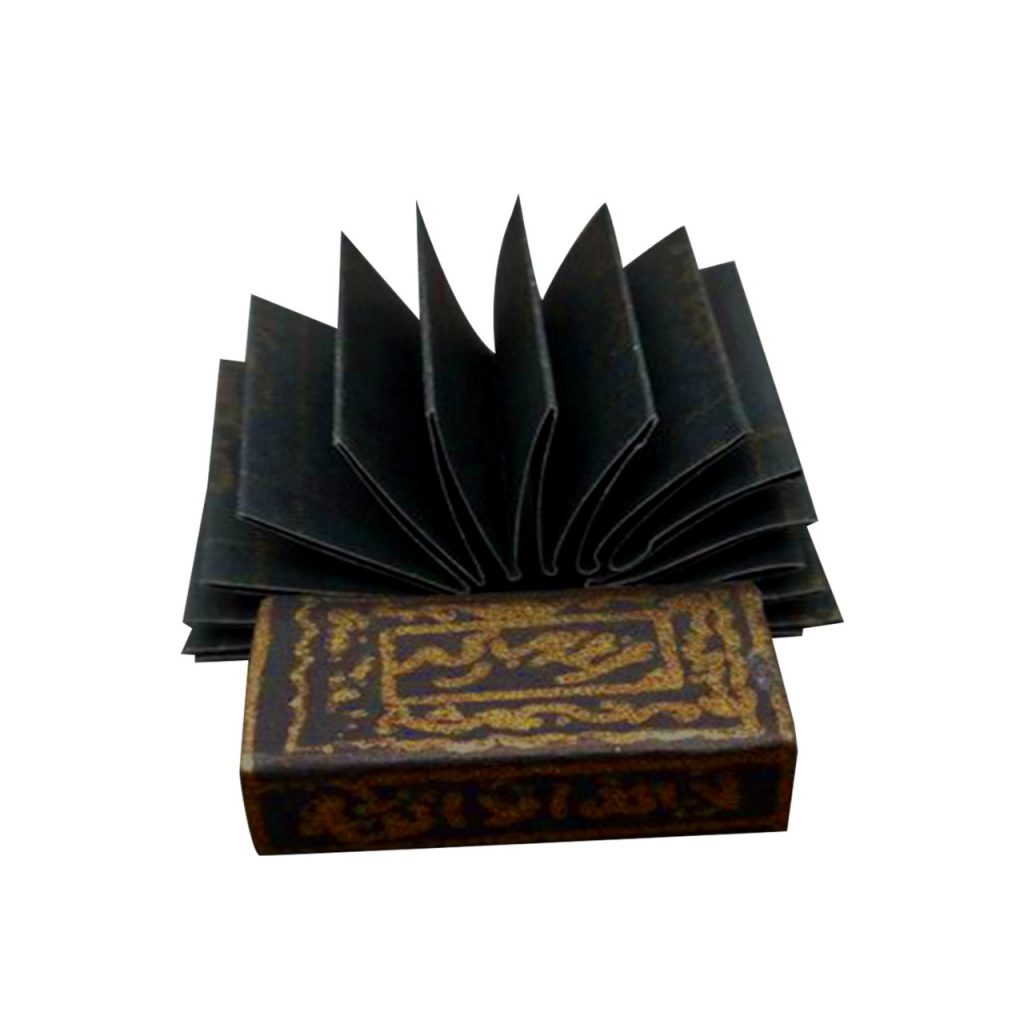
The Istanbul Al Quran, abbreviated as QS, which is very popular and legendary, is not widely known by the general public, even among scholars. The QS, which was printed in the 12th and 14th centuries during the Ottoman Empire, was a type of secret book to equip the pioneers of the development of the Islamic religion who expanded their broadcasts to all parts of the world that were not yet Islamic. This book was printed very limited to the Mujahiddin (Pioneers) who would penetrate into certain areas.
Place To Store Al-Qur’an
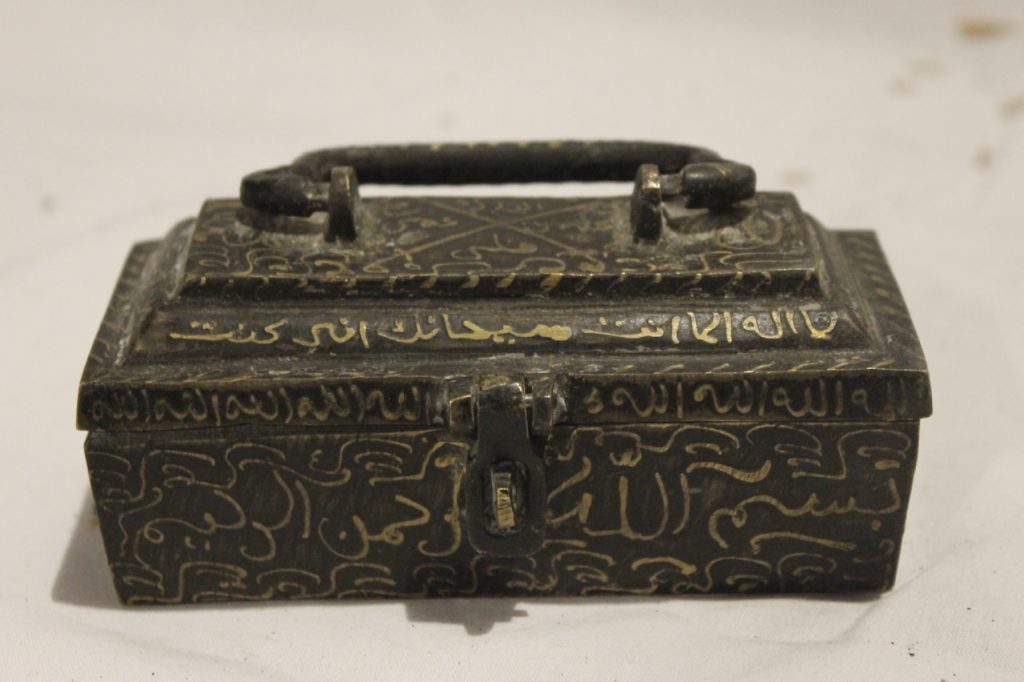
A place to store a small Istanbul Koran and tasbih decorated with Arabic calligraphy which means asking for forgiveness with the confession of a very sinful servant.
ZONE 14
Welcome to the fourteenth zone, namely the founding and glory of the sultanate in West Java.
Sultanate Of Banten

The Sultanate of Banten began when the Sultanates of Cirebon and Demak expanded their influence westward. In 1524 to 1525, Sunan Gunung Jati together with Demak troops captured the port of Banten from the Kingdom of Sunda.
Initially, King Siliwangi, the ruler of Pajajaran, began to limit Muslim traders who would stop at the ports of the Sunda Kingdom to reduce the Islamic influence that would be received by native traders when making trade contacts with Muslim traders, but these efforts did not yield satisfactory results.
The Heysay Of The Sultanate Of Banten

Maulana Hasannudin as the first ruler of Banten, succeeded in running the government well. Maulana Hasanuddin was later replaced by his son Maulana Yusuf as the second Banten ruler who reigned from 1570-1580. The results of his work include establishing Islamic boarding schools for spreading Islam in Banten, during his reign the walls of the Surasowan Palace were built and building experimental fields for tandur and irrigation.
Pegon
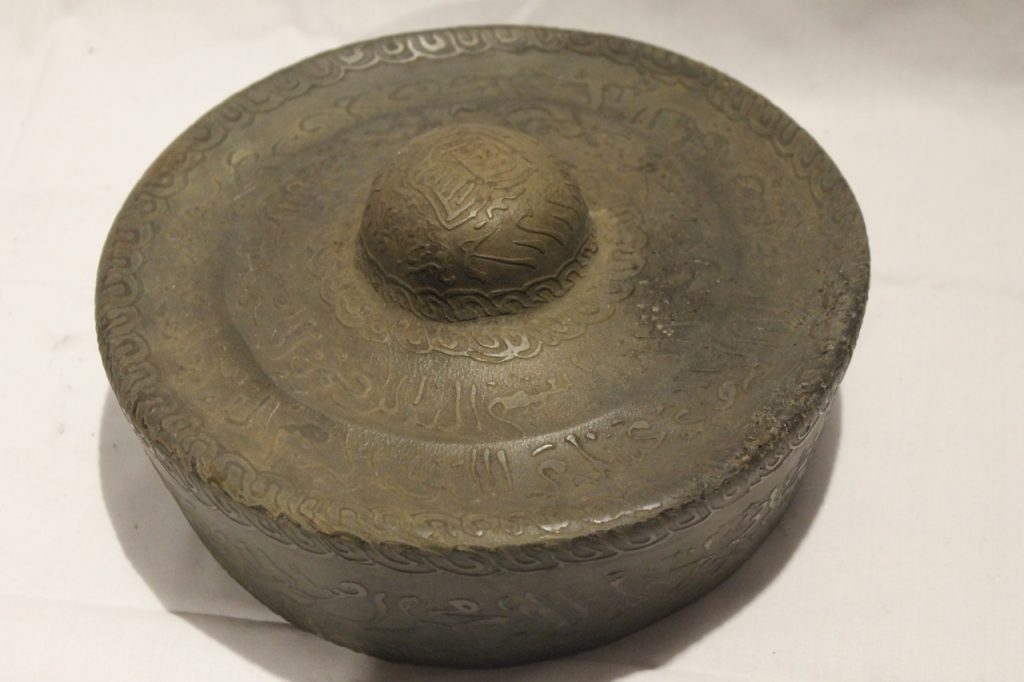
This object is called pegon, this object functions as part of a gamelan musical instrument called Bonang Panerus / Small Bonang because of its smaller but larger shape which is called Bonang Barung, decorated with the letters Pegon Calligraphy which means Rajah / Talisman to keep away danger.
A Set Of Memories

It functions as a kinangan device, which in ancient times the habit of chewing lime and betel leaves was mostly carried out by people in Indonesia and Southeast Asia in general, decorated with ornaments of Arabic calligraphy with very high artistic value.
ZONE 15
Fifteenth zone, trade route in West Java.
Spice Path

Hundreds of years ago, a route was born from the crowds of merchant ships of the Arabs, Persians, Chinese and Indians. Busy sailing East to China, and Chinese ships busy sailing South and West full of loads of silk and ceramics, but apart from that there are also threads that are no less important and valuable that help shape the paths of world civilization whose scent makes thousands of ships come to the archipelago.
Spices have been traded centuries before Christ. This trade traveled from South Asia to the Middle East and Europe, carried out by Arab and Chinese traders. In the 15th and 16th centuries, Italian European explorer Christopher Columbus and Portuguese Vasco da Gama sought their way to the origins of spices. South Asian traders hid maps of the area, so the Europeans couldn’t find them. Mastery over spices is considered important so that the owner can be equated with the elite. Explorers sacrificed their lives to master the spices of Southeast Asia. Hundreds of da Gama’s crew, died in the 1498 expedition.
Sunda Kelapa Scramble

The Kingdom of Pakuan Pajajaran reached its golden age during the reign of King Siliwangi. During his reign, he prioritized development in the economic and educational fields. At that time, the Pakuan Pajajaran kingdom had trading ports in Banten, Pontang, Cikande (Tangerang), Karawang, Cimanuk and the port of Sunda Kelapa. The Sunda Kelapa port is used to export pepper and rice to its friendly countries.
Vessel
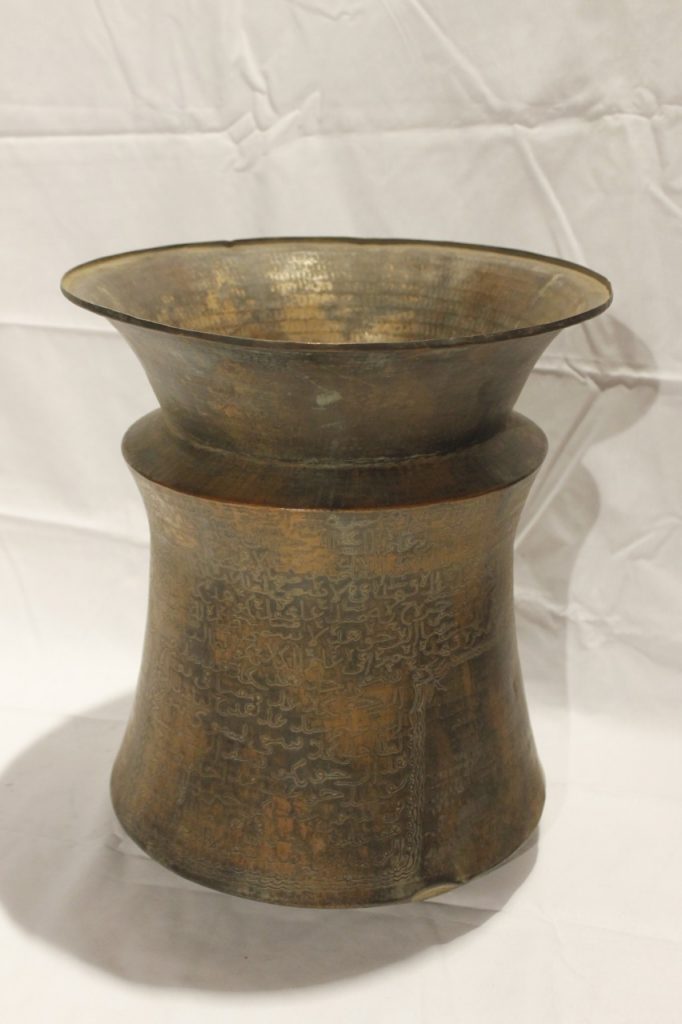
This vessel is used as a place to store food with Arabic calligraphy motifs that read Islamic prayers.
Food Serving

Its function is to serve food, especially in celebration of Muslim religious ceremonies, decorated with sentences with pegon calligraphy letters which mean a tattoo / amulet for self-defense.
ZONE 16
The sixteenth zone, the arrival and influence of the VOC for West Java.
VOC Trade Agreement

One of the VOC’s first missions after its formation was to improve relations with the Sultanate of Banten, remembering the news from Cornelis de Houtman that Banten was one of the main sources of spices, and because of Cornelis’s insolence alone trade with Banten fell apart. The VOC then came with lots of gifts and promises of profitable trade. The Sultan of Banten then allowed the VOC to have territory where they harbored merchant ships, administrative offices and built warehouses. The construction of the first permanent VOC trading post in the archipelago was completed in 1611.
Batavia

Pieter Both, who became the first VOC Governor General, chose Jayakarta as the VOC administration and trading base rather than the port of Banten, because at that time in Banten there were many trading centers for other Europeans such as the Portuguese, Spanish and then also the British, while Jayakarta was still the small harbour.
Bottle
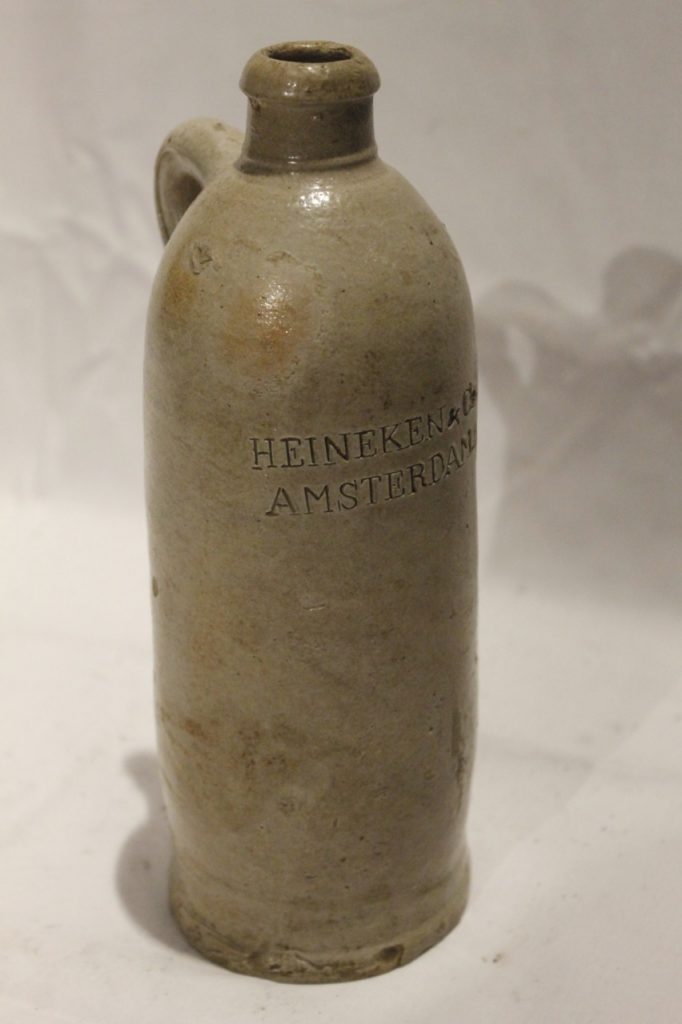
The bottle used to store drinks with Dutch inscriptions on the glass is a distinctive sign of the Dutch Empire (VOC) era.
Barter Media
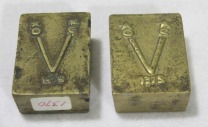
Tools for bartering media bearing the VOC chamber of commerce from the Dutch kingdom in the form of pieces of copper, raw materials for making all kinds of objects from household appliances, to weapons, cannons, and so on.
ZONE 17
Zone Seventeen, get to know wayang and masks from West Java.
Wayang Culture In Pasundan

At first the wayang golek show was held by men or Sundanese nobility in the Palace or Regency environment. Wayang golek art performances have various purposes, ranging from those that are ritual in nature or in the context of mere spectacle and entertainment.
Banjet Mask

Banjet mask is one of the performing arts originating from Karawang Regency, West Java. The Banjet mask is a traditional theatrical art that is allied with the Cisalak mask, the Tambun mask, the Betawi mask, and the Bekasi mask. The Banjet Mask performance consists of several stages, namely musical attractions, music and songs, ronggeng dancing with jokes and stories. Stories in banjet mask art are usually about romance, history, and legend. The appearance of the story is always accompanied by various movements of pencak silat. This pencak movement is taken from the flow of cimande, surrender, and sabandar.
Patihan Sabrang
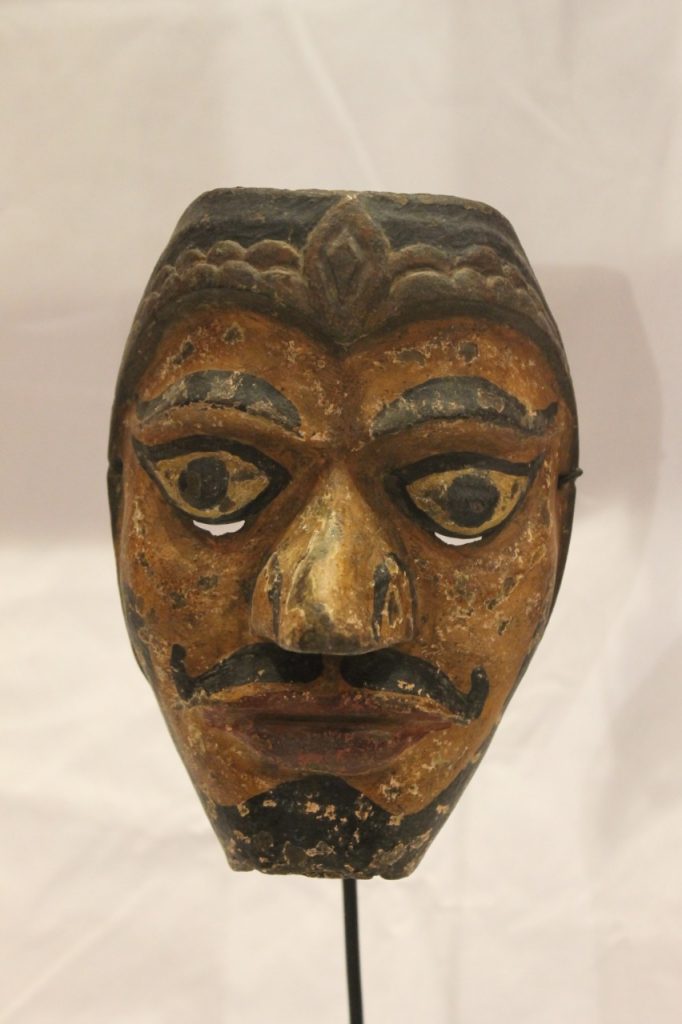
Patihan Sabrang is a type of wayang dungan or sabet, which means it is often played in war scenes. The term Patihan Sabrang is derived from the words patih and sabrang. Patih is a rank below the king or often equated with Prime Minister. Sabrang or opposite (Indonesia) is a term to designate the kingdom of the wayang world which is not found in Java. In the world of wayang kulit purwa, some of which belong to the opposite kingdom are Parang Kencana, Guwa Barong, Nuswa Kambangan, etc.
Prabu Bomantara

King of the country Tjuangisna / Prajatisa. Prabu Bomantara is still a descendant of Bathara Kalayuwana, son of Bathara Kala and Bathari Durga / Dewi Pramuni from heaven Setragandamayit. Due to ascetic perseverance, he became very powerful. He is angry, cruel, ruthless and always follows his heart. Prabu Bomantara once attacked Suralaya and defeated the Gods. Prabu Bomantara then attacked the country of Goa Siluman, killing Prabu Arimbaji to control the Tunggarana forest area.
ZONE 18
The last zone, the eighteenth zone, is the Rengasdengklok Zone.
What Is The Rengasdengklok Incident?
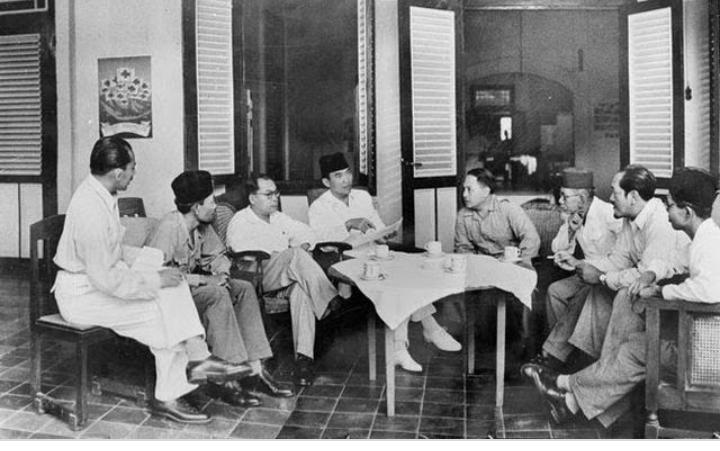
The Rengasdengklok incident is known as one of the major events in the history of the Indonesian nation. Precisely in the era before the proclamation of Indonesia was echoed throughout the archipelago. This event became a factor for Indonesia in reaching the peak of its glory at that time.
Rengasdengklok Incident

The Rengasdengklok incident was a kidnapping incident carried out by a number of youths against the first president and vice president of Indonesia. They are Ir Soekarno and Drs. Moh Hatta who was brought to Rengasdengklok Karawang. The event is called the Rengasdengklok Incident because the incident occurred in Rengasdengklok.
The chronology of the Rengasdengklok event began on August 14, 1945 where Hiro Hiti announced that Japan had surrendered unconditionally to the allies. This event occurred after the atomic bombing of the cities of Hiroshima and Nagasaki by the United States. News of Japan’s defeat soon spread, especially to the youths working in the Japanese.
At that time, Soekarno, Hatta and Radjiman had just returned from Dalat. They went there at the invitation of Junior Marshal Terauchi. Marshal is the Japanese commander in charge of the Southeast Asia region. So they don’t know about Japan’s surrender to the allies.
Rengasdengklok Date

The date of the occurrence of the Rengasdengklok incident was precisely on August 16, 1945 at 13.00 WIB. After Soekarno and Hatta were rushed to Rengasdengklok, they were urged to speed up the implementation of the proclamation of Indonesian independence.
At this event an agreement was made between the young group represented by Achmad Soebardjo and the old group represented by Soekarno and Hatta. The agreement is none other than the proclamation that will be implemented after Japan suffered defeat in the Pacific war.
